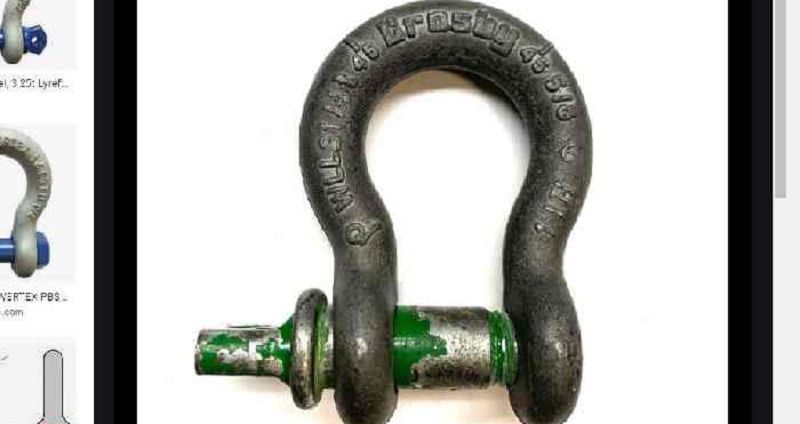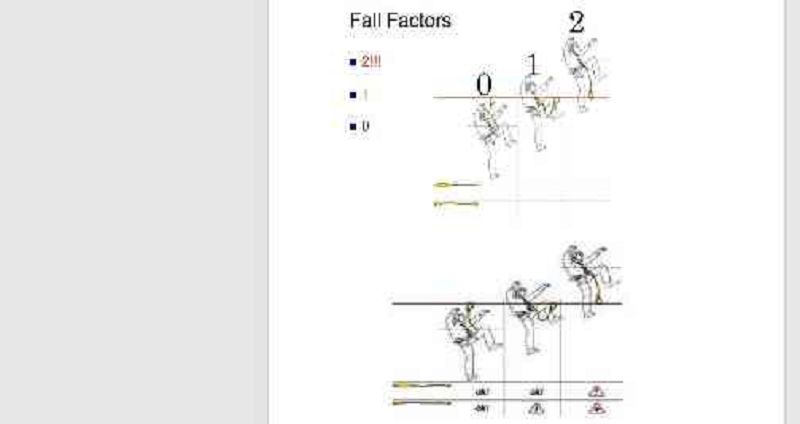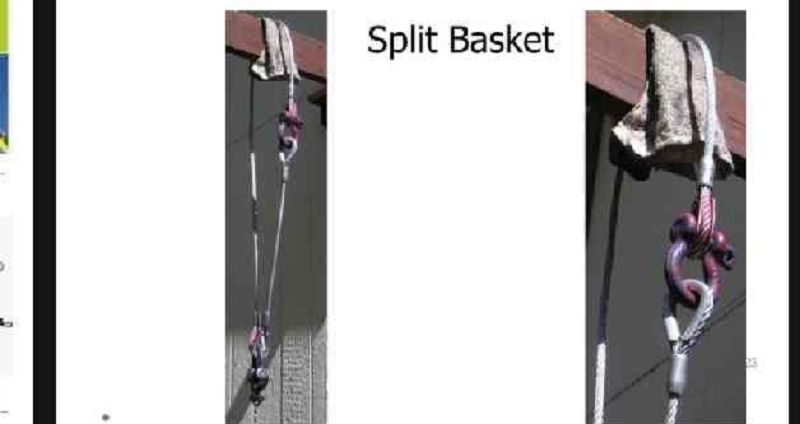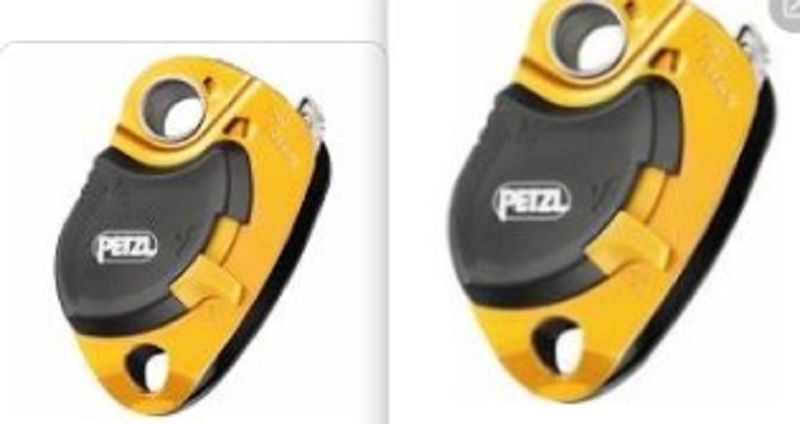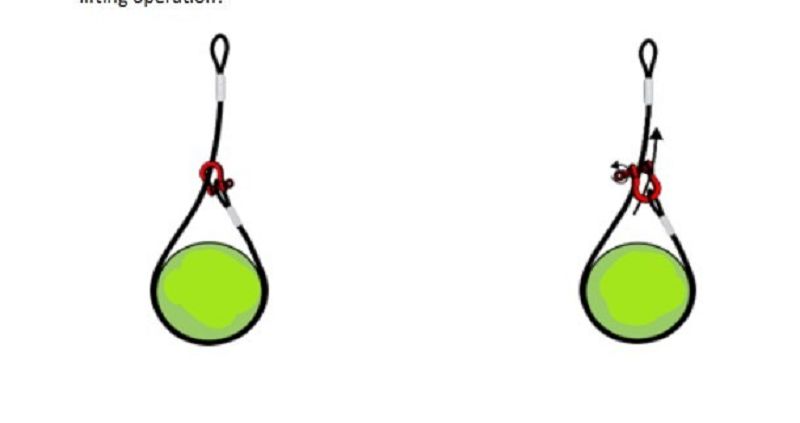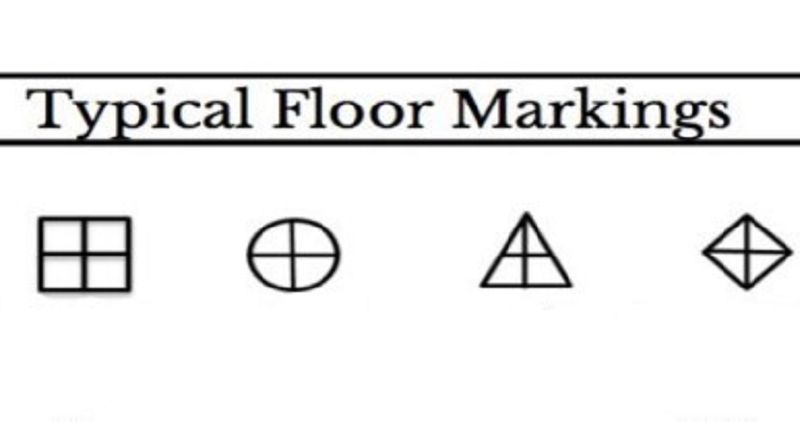Merry quizzmazzz riggers!
{"name":"Merry quizzmazzz riggers!", "url":"https://www.quiz-maker.com/QPREVIEW","txt":"Test your knowledge on safety practices and procedures in rigging! This engaging quiz covers important topics such as employee responsibilities, rigging techniques, and safety equipment usage.11 questions covering a range of rigging topicsMultiple choice and checkbox questions for varied engagementPerfect for riggers, safety personnel, and enthusiasts","img":"https:/images/course1.png"}
More Quizzes
Earthmaster QUIZ
11615
Kobelco E - Learning Quiz 3
12611
Which Phil Are YOU?
8427
Kentucky Ag Facts
520
Nico di Angelo - Percy Jackson Trivia Challenge
201018898
What Color Braces Should I Get? Free - Find Your Shade
201018055
What Pizza Topping Am I? Free
201017637
CWI Practice Test - Free Welding Inspector Sample Questions
201019406
Baker Is to Cakes as Carpenter Is to? - Free Analogies
201016642
Word Formation - Free English Vocabulary Practice
201017983
Danica Patrick Height & Weight - Test Your Knowledge
201021179
Seawing Name Generator - Get Your Wings of Fire Name
201017057

